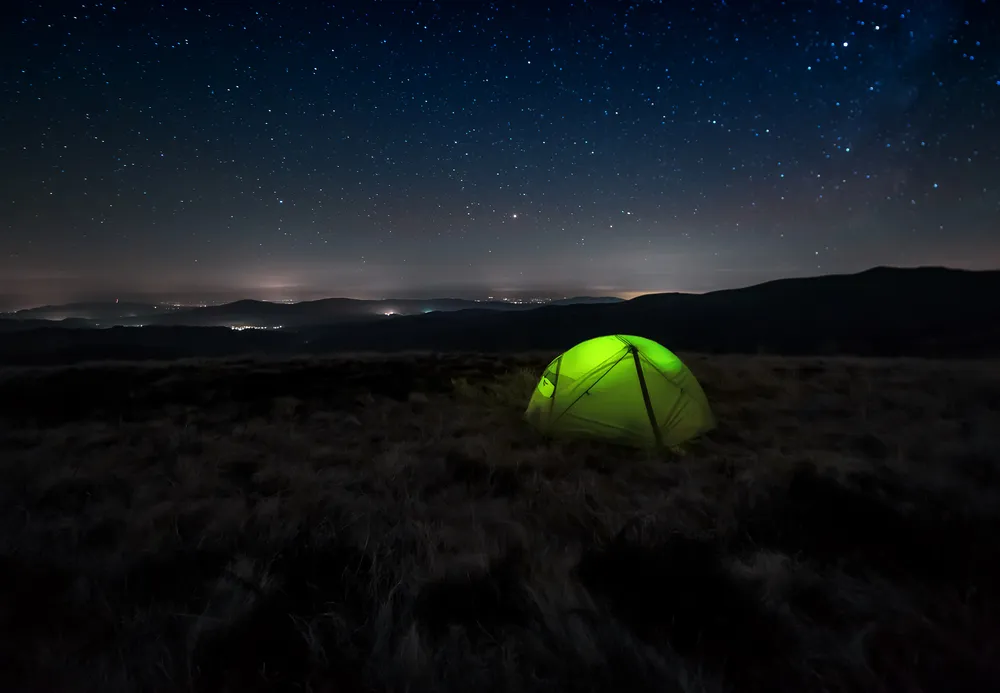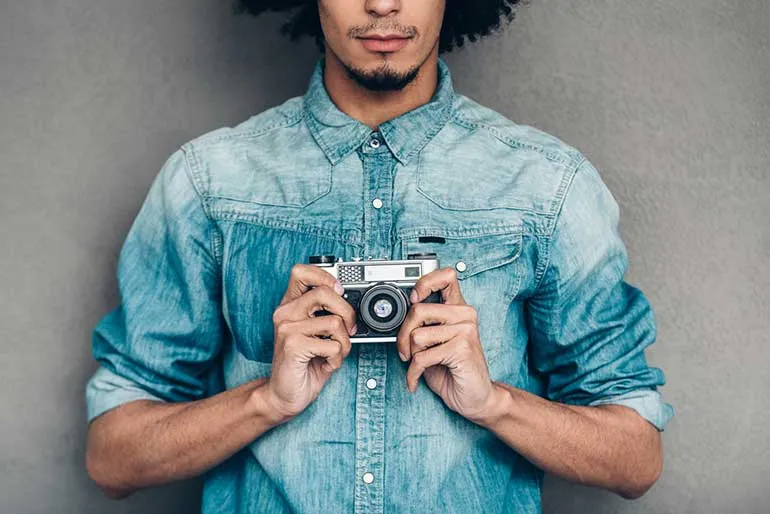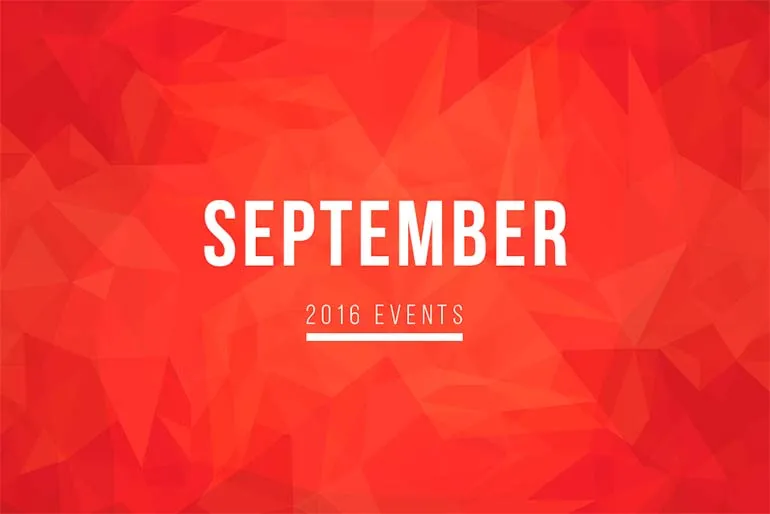Jedrzej Franek: I didn’t miss the deadline this time and I won!
Jedrzej Franek attributes part of his success to his punctuality this year. On a humorous note, he tells us how he won the Abstract category of the iPhone Photography Awards this year. What’s more fascinating is that we get to know Jedrzej in this wonderful interview where he shares thoughts about his fascinating work, his inspiration and his insightful ideas on mobile photography.
Jedrzej focuses his lazer-precise vision on something very specific – architectural structures with the vibe of Eastern European socialist modernism. To top it off, he puts his own spin on images, making mesmerizing collages, a technique that got him his first place at the IPPAwards. You’re probably as curious as we are to unravel this unique vision, so here’s Jedrzej and his incredible adventures in Eastern Europe.

Tell us a little bit about yourself, your professional background and your hobbies.
I live in Poznan, Poland, I’m 28. In the photography field I’m kind of autodidact and I don’t have specific official education in it – I’ve graduated in international relations. I work as a part time architectural and event photographer but my full time job is in fashion retail marketing. I’m also an organizer of Poznań Design Festival – the biggest local design event here. I love learning about XX-century industrial design and architecture. I’m a big fan of post war concrete structures of any kind, especially these identified as an Eastern Europe socialist modernism.
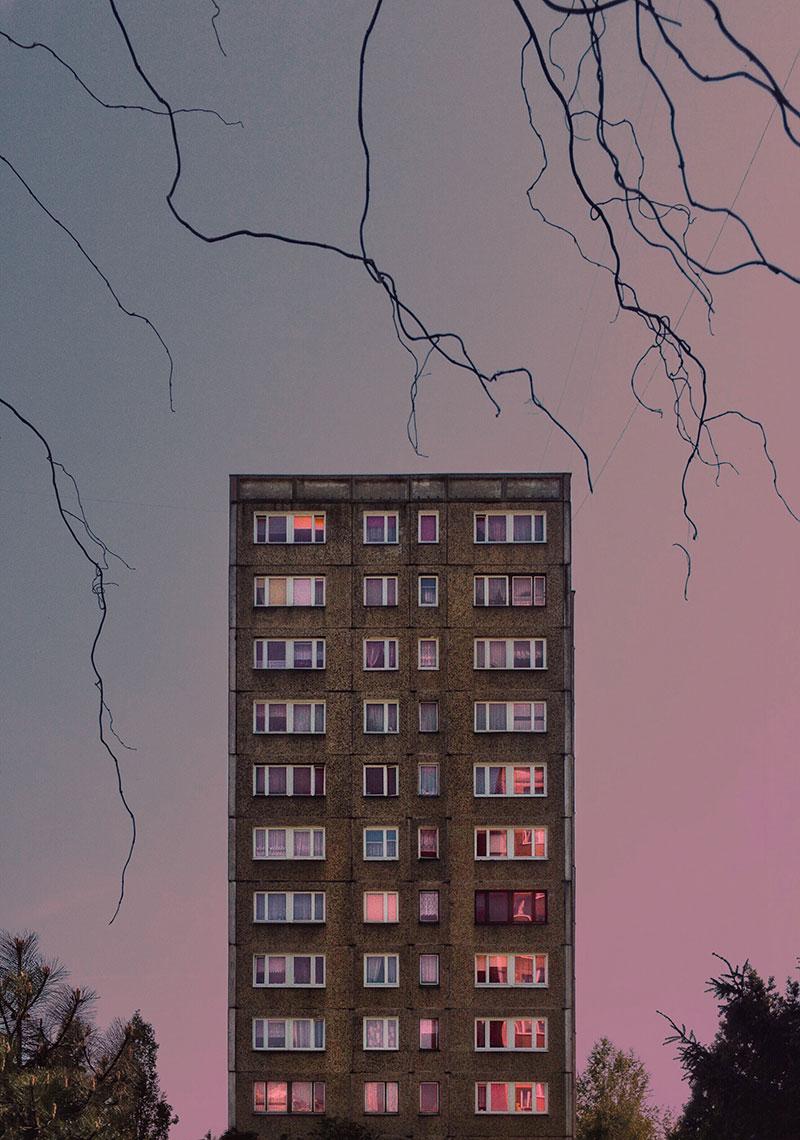
Tell us the story of how you decided to participate in IPPAwards. How did you choose your images?
For the first time I didn’t miss the deadline to submit photos in IPPAwards and it was a success itself. I wanted to try myself in the major international competitions last year and it all turned out really good. Honorable mention in Mobile Photography Awards encouraged me to take a part in another competition. I wanted to submit something different and fresh, not another image of straight facade, or wide angle shot as it is usually identified with architectural photography, therefore I have chosen more picturesque and abstract image.
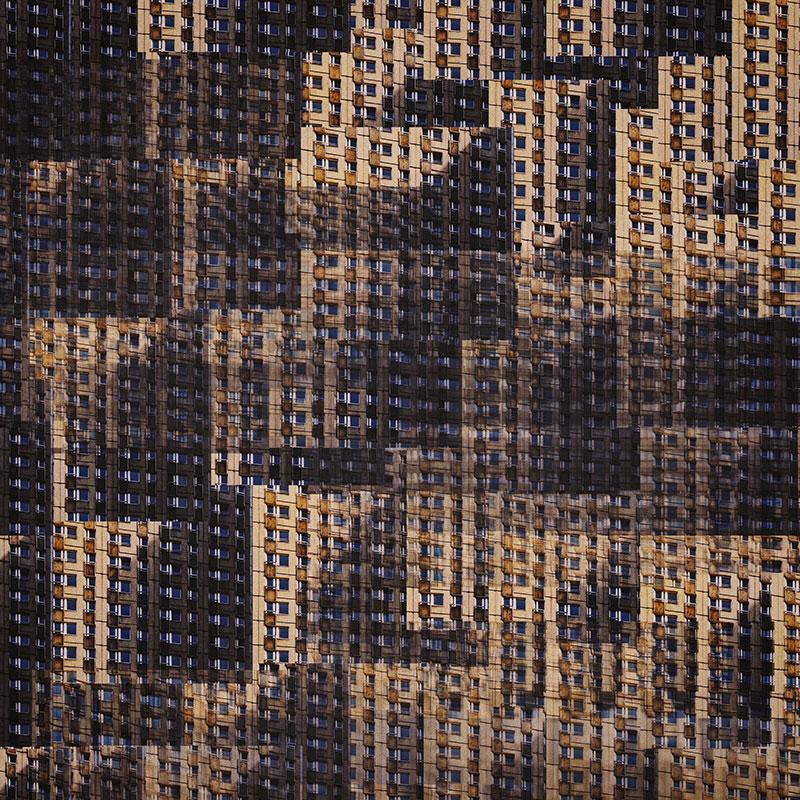
What is the story behind your winning image?
It’s a multiplified and merged frame of the facade of one of my favourite buildings in Poznan, former Hotel Polonez (currently student depot). I always liked it for it’s roughness and intimidating silhouette which consists two slabs of concrete building wings connected together at obtuse angle. On the image i wanted to extract its hidden, magical character, and emphasize the general impressively overwhelming nature of this kind of concrete modernist architecture.
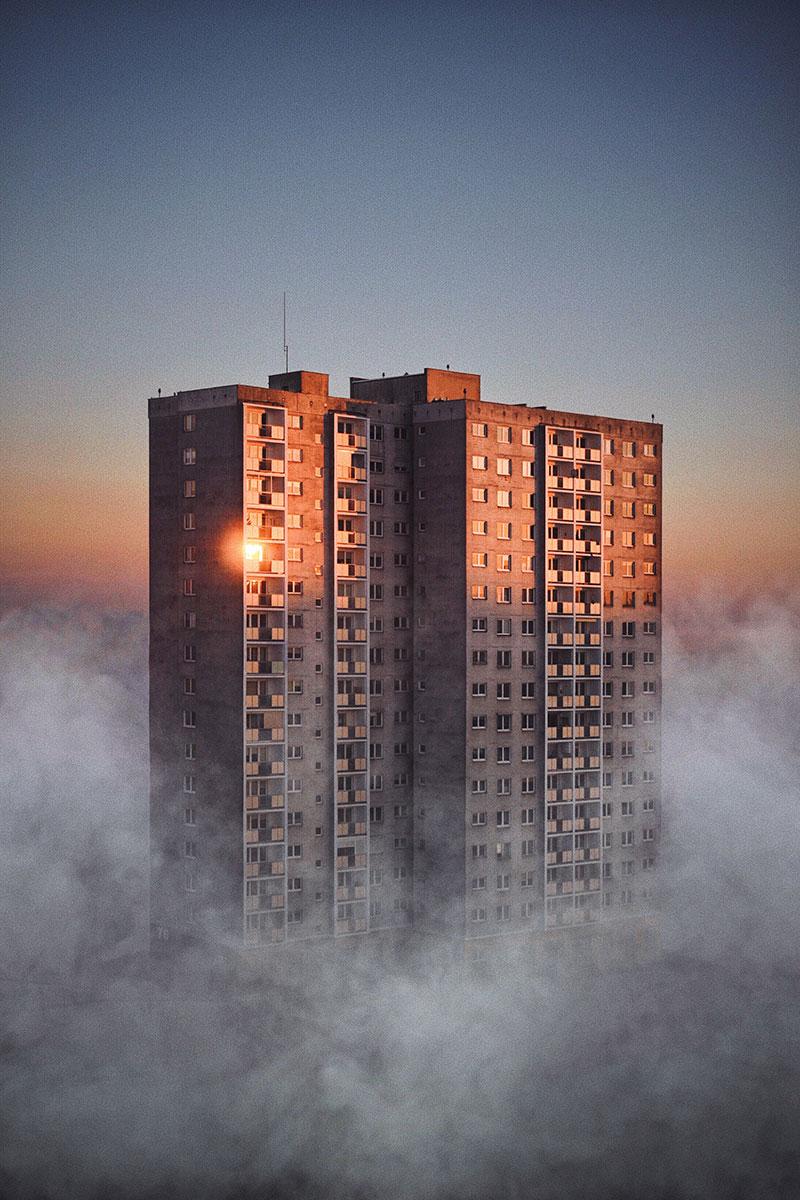
How would you describe your style and approach to photography?
I think that my photographic style is in the range between aestheticized documentation and abstract manipulation. It’s more spontaneous than the regular approach to architectural photography. I like to think that my urban visions are emotional and humanized, even if there are no people on many of these images. At least I hope they are…
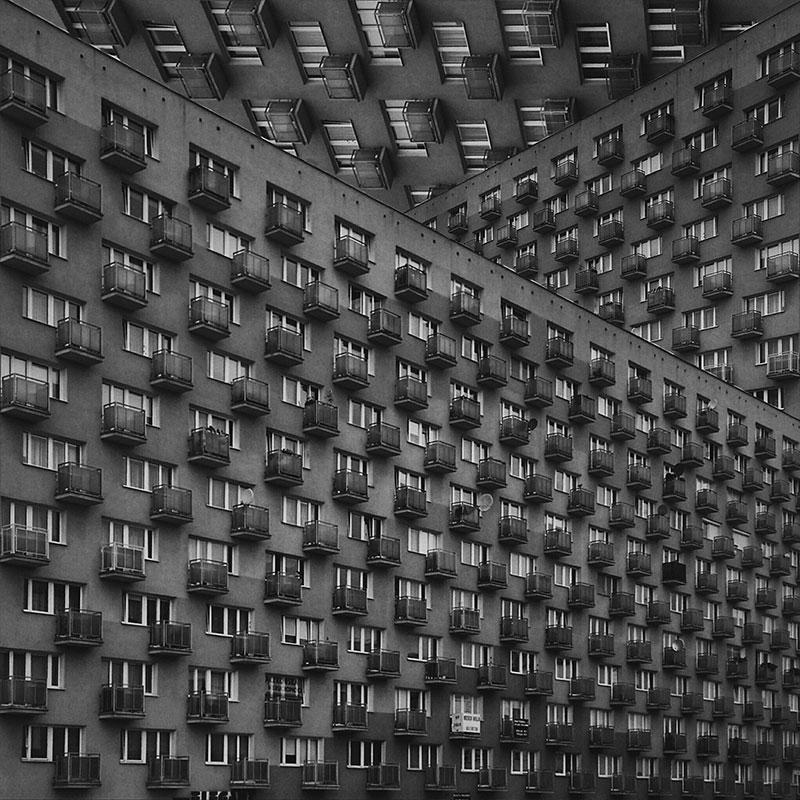
If you had a choice between your iPhone or a DSLR, which would you choose? Are you selective about your tool based on the situation?
Smartphones are more an more capable in the field of photography, and I use my iPhone extensively to take photos even intended to be printed, but there is still quite a bit margin in favor of DSLRs and mirrorless cameras in many cases of use. However the situation when I have the option of shooting RAW images which I can edit on the go in my favourite apps almost as good or identically and in many cases easier and faster than on desktop will always be the advantage of a smartphone.

Could you share a bit more about your personal photography projects? What themes and ideas are you currently exploring?
Currently I want to focus on cross projects in which I encounter my photographic vision with fashion design for example. Both trying myself as a fashion photographer and using my photoworks as a means of expression in limited edition clothing designed by great people who have wide open minds for abstract ideas and visions. I was also offered to create CD and vinyl covers for some European bands. But in terms of photographic exploration, I want to finally tame the field of portraiture to which I have always been a bit shy and I want to do it by giving a vent to my spatial perception and geometrical visions.
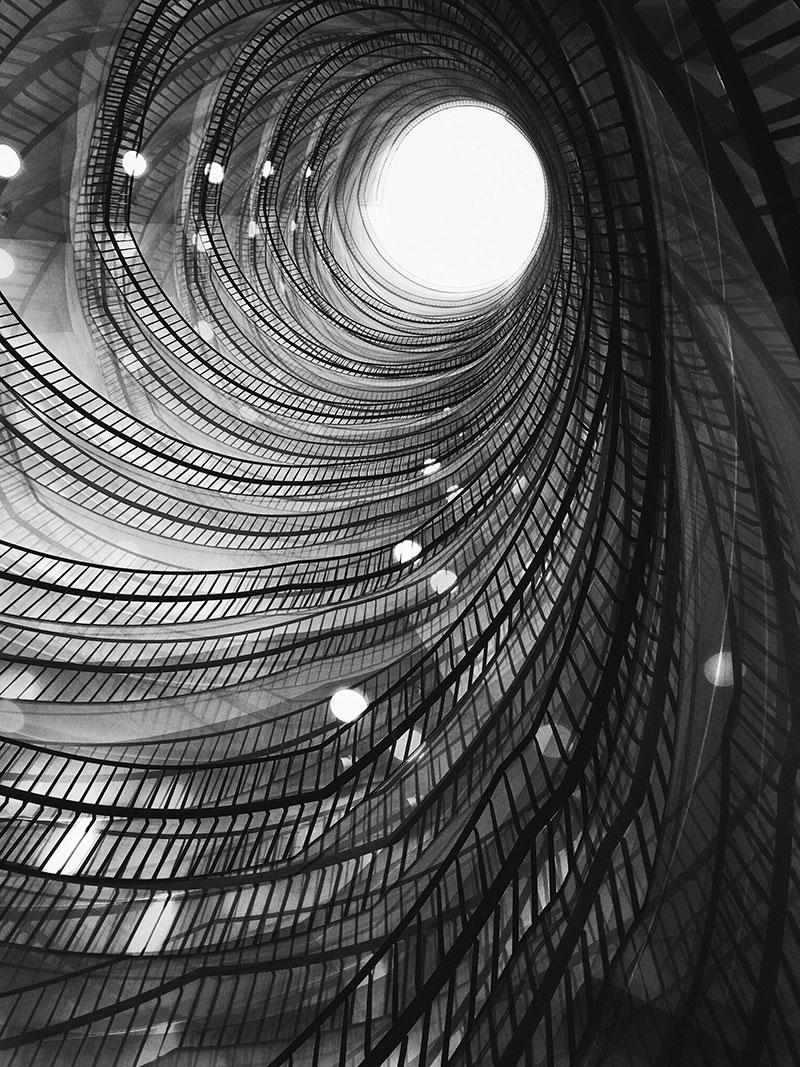
What are some things that you’ve noticed that have helped you grow as a photographer?
I don’t feel grown as a photographer. Most important thing to me is to always be… a bit disappointed about my results or at least doubt in my idea of execution. It forces me to do better. I know this is psychologically challenging strategy, but when I see my old photos I think it’s worth it.
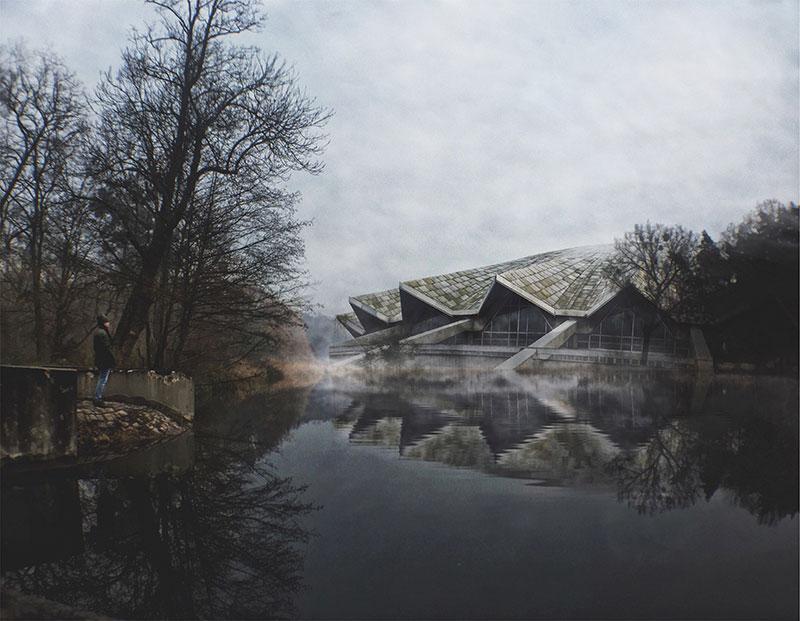
Do you think iPhone photography is an art of its own? What are some limitations with your phone, if any?
Yes in some way it is, but as smartphone cameras are getting more and more capable and competitive with traditional cameras, we will someday face the question “Does it still make sense to distinguish smartphone photos from the others?” Option of shooting RAW on a smartphone pushed things forward, but I’m still not able to shoot with true optical perspective control as I can do it with traditional camera using tilt-shift lenses – and I don’t think that will ever be possible. As I don’t try to use smartphone as a gimmicky portrait camera and my iPhone even don’t have secondary camera unit I have no troubles with unsatisfying results in this field of mobile photography. I haven’t seen any perfectly processed portrait-mode image from any smartphone yet.

Who were your biggest influences, where do you seek inspiration and what are the 3 things inspiring your work right now?
My biggest photographic influences were mid-century modern, as we could call them now, US architectural photographers for example Balthazar Korab, Ezra Stoller and Julius Schulman – they have truly perfected the craft of urban photography in analog times. And things were much more difficult then. If I have to mention contemporary creators there are not many of them but I think the more abstract approach visible in works of Matthias Heiderich and Clemens Gritl really inspire me. Also my inspiration flows not only from artists of photography but is more “cross-media” I’m a big enthusiast of german expressionism in cinema.
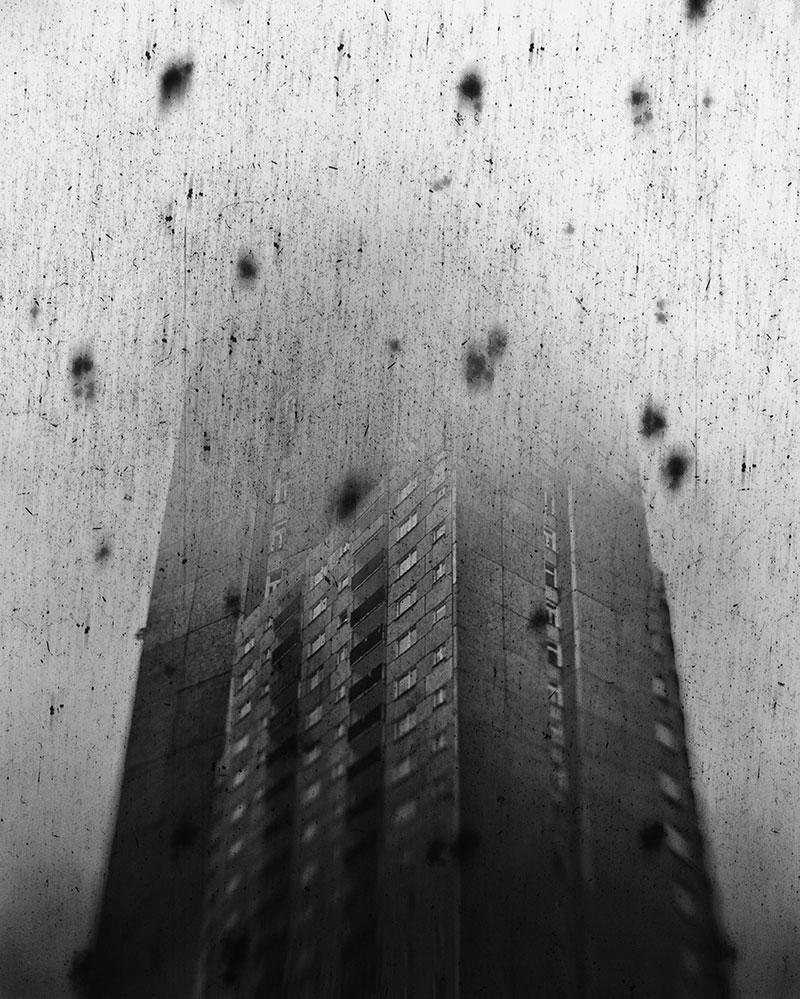
What are your thoughts on mobile photography in general? Where are things heading?
Digitally, It all began from mobile photography for me so the bond remains so strong to this day. Back in 2008 it was ashamed (read: too stupid) to photograph on film and I get my first photographic mobile phone, Sony Ericsson C902. Mobile photography gives freedom to capture every moment without much thinking – it sometimes good, sometimes bad, but generally the practice is the easiest way to become better photographer, better observer. But there are also some worrying signals for me. I’m afraid someday, software, algorithms and AI could kill human creativity and make it mostly irrelevant part of the imaging process. Mobile cameras should remain tools in hands of the creator so I’m more advocate to hardware development – better lenses, bigger sensors and… Powerful batteries.
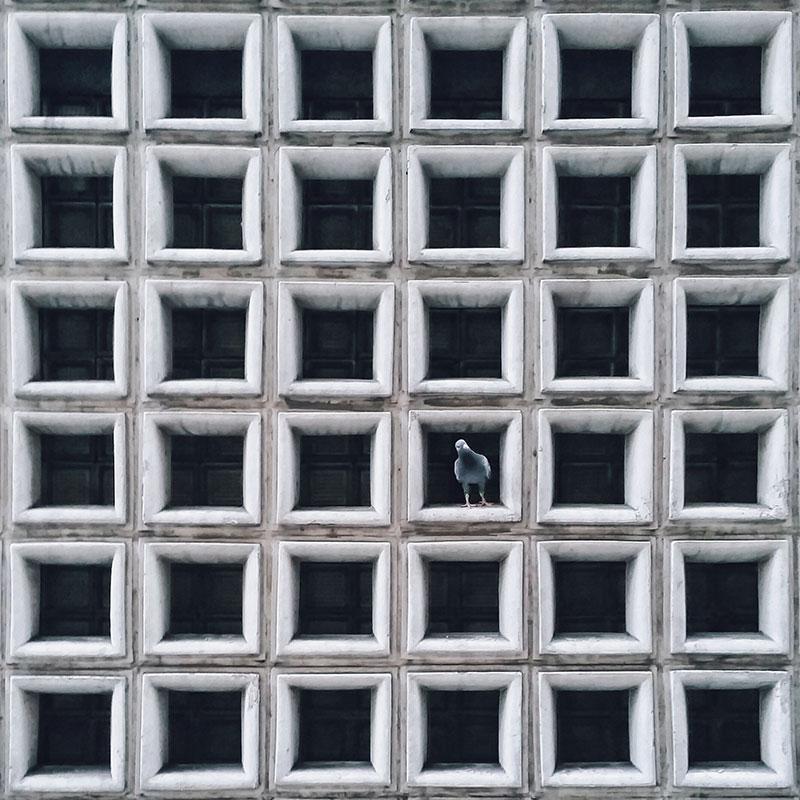
What did winning in IPPAwards mean to you? What are your thoughts now that you’re part of the history?
It’s in some way a summary of my 10 year long adventure and constant development with mobile photography. Every award is a perfect curation for creativity crysis, and every creator need confirmation of the quality of his work from time to time, such award is always a huge blast of energy and confidence.
To see more works by Jedrzej Franek, visit his his personal website, Instagram or Facebook.




